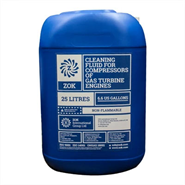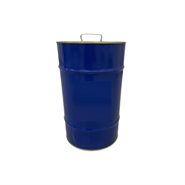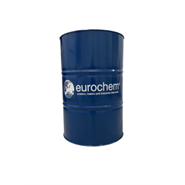Versions
MIL-PRF-85704C Is the most recent version of the spec where MIL = Military, PRF = Performance Specification, 85704 = Unique identification number, C = Version.
MIL-PRF-85704B Revision B was established in November 1992, this was superceded by version C in July 1998.
MIL-PRF-85704A Was the earliest version of the spec, established in Apr 1986 with an amendment in March 1988 and again in August 1988





